
Placencia: The Jewel of Belize's Peninsula
Discover Placencia, Belize's hidden gem, where pristine beaches, vibrant culture, and thrilling adventures await in this idyllic peninsula paradise.
Placencia, a charming village in southern Belize, is a dream destination for travelers seeking the perfect blend of relaxation and adventure. Located on a picturesque peninsula, Placencia offers stunning beaches, crystal-clear waters, and a laid-back atmosphere that captivates every visitor. Stroll along the famous Placencia Sidewalk, the narrowest main street in the world, lined with vibrant shops, cozy cafes, and local art galleries. The village's rich cultural heritage is reflected in its friendly locals, who are always eager to share their stories and traditions. For the adventurous, Placencia is a gateway to some of the most breathtaking natural wonders in Belize. Explore the nearby cayes and barrier reef, perfect for snorkeling and diving. Don't miss the opportunity to visit the Cockscomb Basin Wildlife Sanctuary, home to jaguars and a variety of exotic wildlife. Whether you're indulging in fresh seafood at a beachside restaurant or kayaking through the serene mangroves, Placencia promises an unforgettable experience.
Local tips in Placencia
- Visit during the dry season (November to April) for the best weather and sea conditions.
- Rent a bike to explore the village and its surroundings at your own pace.
- Book snorkeling or diving tours in advance to secure your spot, especially during peak season.
- Try the local seafood dishes, particularly the conch fritters and fresh lobster.
- Carry cash, as some smaller establishments may not accept credit cards.
Placencia: The Jewel of Belize's Peninsula
Placencia, a charming village in southern Belize, is a dream destination for travelers seeking the perfect blend of relaxation and adventure. Located on a picturesque peninsula, Placencia offers stunning beaches, crystal-clear waters, and a laid-back atmosphere that captivates every visitor. Stroll along the famous Placencia Sidewalk, the narrowest main street in the world, lined with vibrant shops, cozy cafes, and local art galleries. The village's rich cultural heritage is reflected in its friendly locals, who are always eager to share their stories and traditions. For the adventurous, Placencia is a gateway to some of the most breathtaking natural wonders in Belize. Explore the nearby cayes and barrier reef, perfect for snorkeling and diving. Don't miss the opportunity to visit the Cockscomb Basin Wildlife Sanctuary, home to jaguars and a variety of exotic wildlife. Whether you're indulging in fresh seafood at a beachside restaurant or kayaking through the serene mangroves, Placencia promises an unforgettable experience.
When is the best time to go to Placencia?
Iconic landmarks you can’t miss
Tipsy Tuna Sports Bar
Experience vibrant flavors and a lively atmosphere at Tipsy Tuna Sports Bar in Placencia, where delicious food meets stunning seaside views.
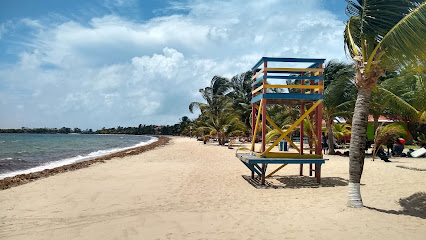
Barefoot Beach Bar
Experience the perfect blend of beachfront relaxation and delicious grilled cuisine at Barefoot Beach Bar in Placencia, Belize.
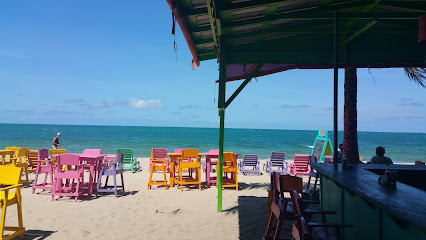
Rumfish y Vino
Enjoy a unique dining experience at Rumfish y Vino, where fresh seafood meets Caribbean flair in the heart of Placencia, Belize.
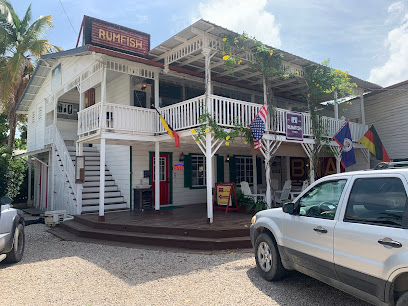
Cozy Corner Hotel & Restaurant
Discover the flavors of Belize at Cozy Corner Hotel & Restaurant, a perfect blend of relaxation, great food, and vibrant local culture.
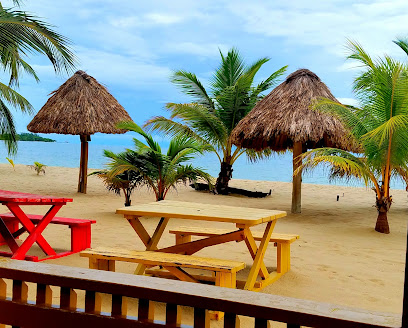
Naïa Resort and Spa
Discover the ultimate blend of luxury and nature at Naïa Resort and Spa in Placencia, Belize, where relaxation meets adventure in a tropical paradise.
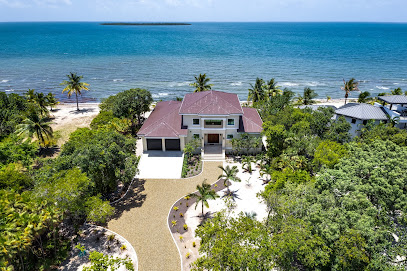
Turtle Inn
Discover Turtle Inn in Placencia, Belize—a luxurious resort blending tropical beauty, adventure, and exquisite dining experiences for unforgettable vacations.

Rick's Cafe
Experience the best of Belizean cuisine at Rick's Cafe, where fresh seafood and stunning views create an unforgettable dining experience in Placencia.
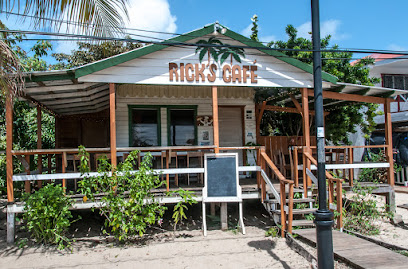
Placencia Municipal Pier & Plaza
Discover the beauty and vibrant culture at Placencia Municipal Pier & Plaza, a must-visit public beach in Belize that offers sun, sea, and local flavors.
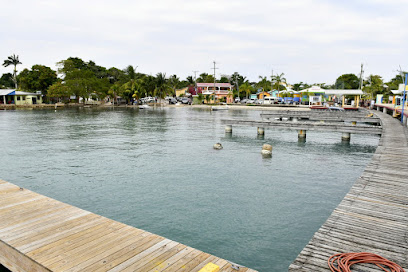
Mariposa Beach Resort
Experience the ultimate beachfront retreat at Mariposa Beach Resort in Placencia, Belize - where relaxation meets adventure in paradise.
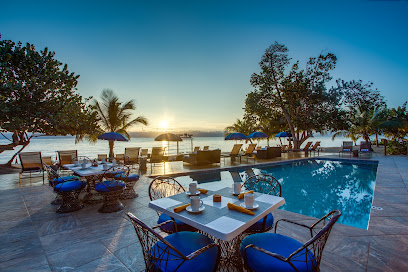
Hobbs Brew Barge
Discover the ultimate dining experience at Hobbs Brew Barge, where local seafood meets craft brews in the heart of Placencia, Belize.
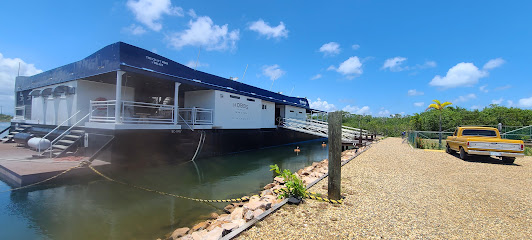
Laru Beya Resort
Discover paradise at Laru Beya Resort, a luxurious escape on the beautiful Placencia Peninsula, Belize, blending relaxation with adventure.

The Shak Beach Cafe
Discover the laid-back charm and delicious flavors of The Shak Beach Cafe, a must-visit dining gem on Placencia's vibrant sidewalk.
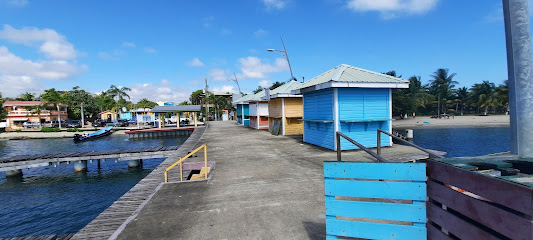
Placencia Beach Club
Experience the vibrant atmosphere and delicious cuisine at Placencia Beach Club, your gateway to relaxation and local flavors in Belize.
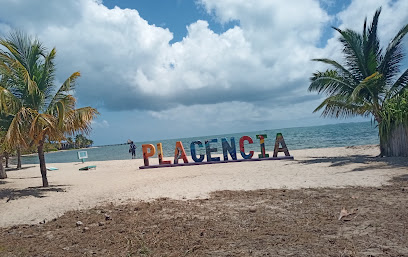
Dawn's Grill
Experience authentic Central American cuisine in the heart of Placencia at Dawn's Grill, where every dish tells a story.
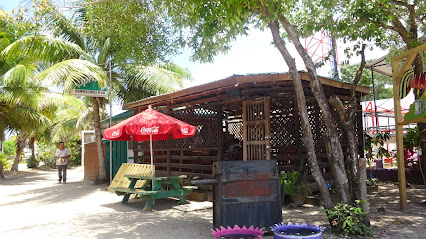
Itz'ana Belize Resort & Residences
Experience unparalleled luxury and adventure at Itz'ana Belize Resort & Residences, the ultimate tropical getaway in Placencia.

Unmissable attractions to see
Bocawina Rainforest Resort & Adventures
Discover Bocawina Rainforest Resort & Adventures in Silk Grass, where luxury meets the wild in stunning Belizean rainforest.
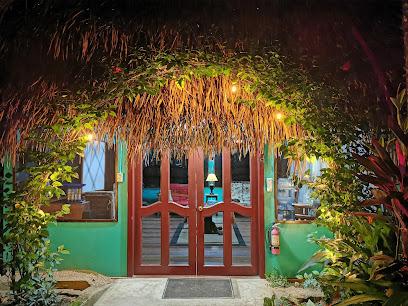
Placencia Municipal Pier & Plaza
Discover the lively atmosphere of Placencia Municipal Pier & Plaza, where local culture meets stunning Caribbean views in Belize's charming coastal village.
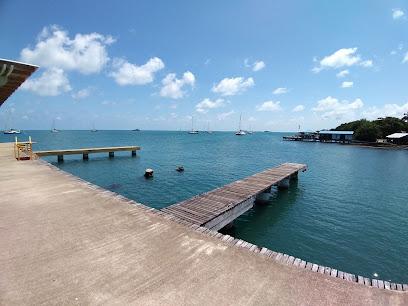
Seahorse Dive Shop
Experience unforgettable diving adventures at Seahorse Dive Shop in Placencia, Belize, where vibrant marine life and expert guidance await.
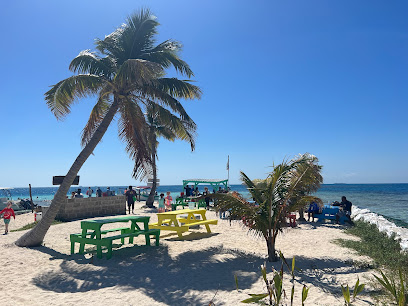
Mayflower Bocawina National Park
Explore Mayflower Bocawina National Park in Belize, where nature meets adventure amidst stunning landscapes and rich biodiversity.
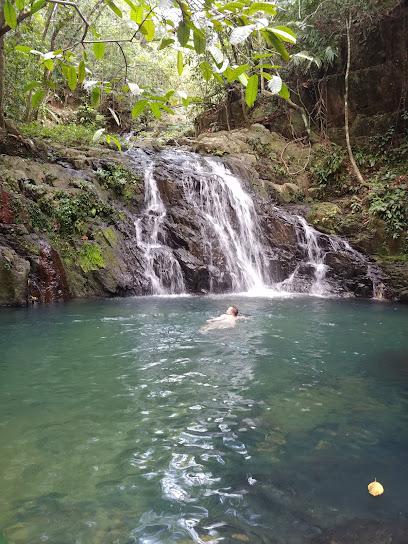
Cockscomb Basin Wildlife Sanctuary
Explore the Cockscomb Basin Wildlife Sanctuary, Belize's premier destination for wildlife enthusiasts, hikers, and birdwatchers amidst stunning natural beauty.
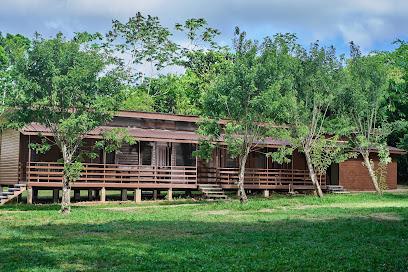
Che’il Mayan Chocolate
Discover the rich heritage of Mayan chocolate-making at Che’il Mayan Chocolate in Belize, where every bite tells a story of culture and tradition.

Get To Know Belize Adventure Tours
Explore the breathtaking beauty and rich culture of Belize with personalized tours at Get To Know Belize Adventure Tours in Hopkins.
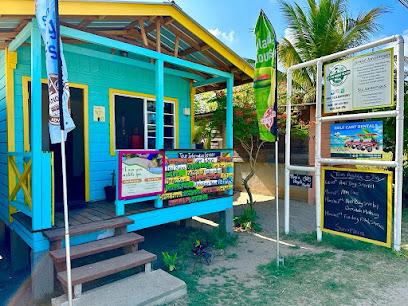
Outback Trails
Discover the beauty of Belize on horseback at Outback Trails, where adventure meets nature in stunning landscapes.
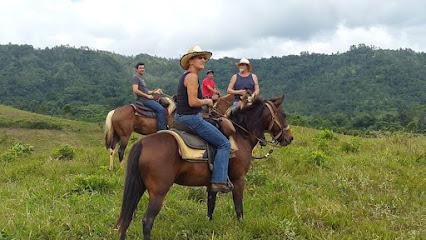
Laughing Bird Caye
Experience the untouched paradise of Laughing Bird Caye, an island jewel in Belize known for its spectacular marine life and stunning natural beauty.
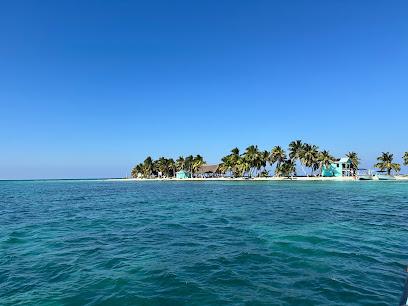
South Water Caye
Experience the serene beauty of South Water Caye, an island paradise in Belize with stunning beaches and vibrant coral reefs perfect for adventure and relaxation.
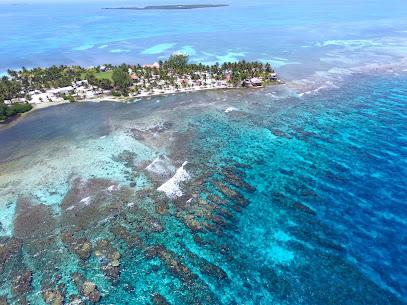
Azura Beach
Immerse yourself in the idyllic beauty of Azura Beach, a tropical paradise in Belize with stunning scenery and vibrant marine life.
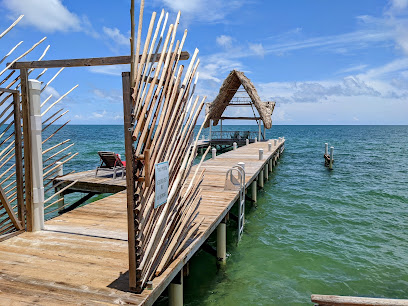
Art'n'soul Gallery
Explore the vibrant art and rich cultural history at Art'n'soul Gallery in Placencia, Belize - a must-visit for art enthusiasts and cultural explorers.
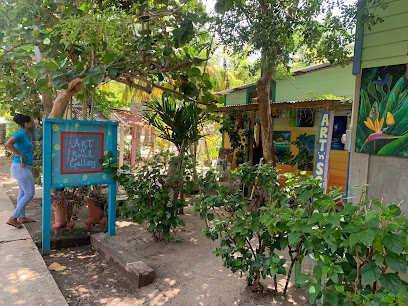
Belize Barrier Reef
Explore the enchanting Belize Barrier Reef, a UNESCO World Heritage site teeming with vibrant marine life, stunning coral formations, and endless adventure.
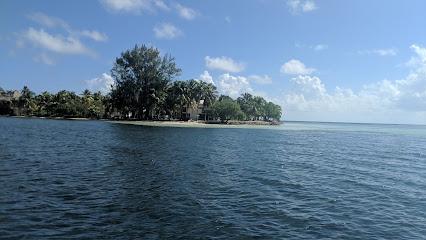
Manatee Caye
Explore the serene landscapes and vibrant wildlife of Manatee Caye, a tranquil nature preserve in Placencia, Belize.

Blue Water Sailing
Experience the beauty of Belize's coastline with Blue Water Sailing, where adventure meets relaxation in the Caribbean's tranquil waters.
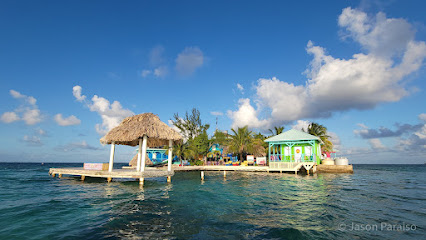
Essential places to dine
Tipsy Tuna Sports Bar
Dive into delicious grill dishes at Tipsy Tuna Sports Bar in Placencia - where great food meets vibrant Caribbean culture!
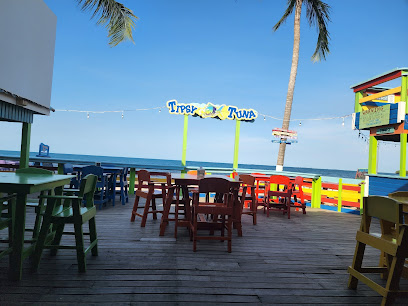
Barefoot Beach Bar
Discover Barefoot Beach Bar: A vibrant grill paradise offering delicious local cuisine and breathtaking beachfront views in Placencia.
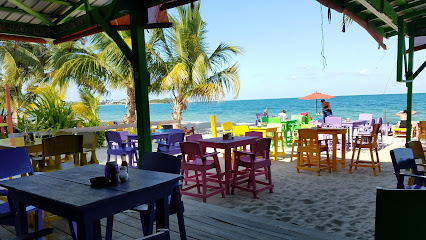
Wendy's Creole Restaurant & Bar
Experience authentic Creole flavors at Wendy's Creole Restaurant & Bar in Placencia – a must-visit culinary destination for all food lovers.
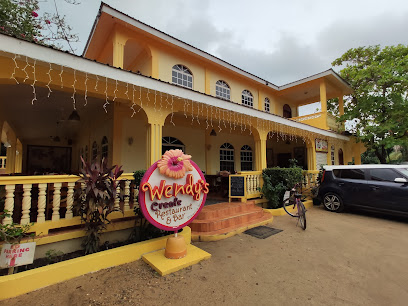
Rumfish y Vino
Discover culinary bliss at Rumfish y Vino – where fresh seafood meets vibrant cocktails in beautiful Placencia.
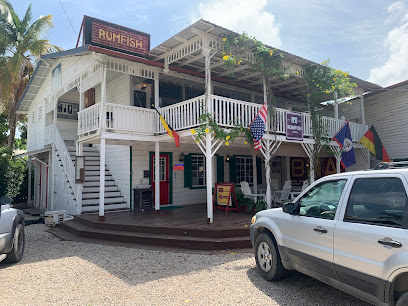
Cozy Corner Hotel & Restaurant
Discover Cozy Corner Hotel & Restaurant: A perfect blend of comfort and culinary delights in beautiful Placencia, Belize.
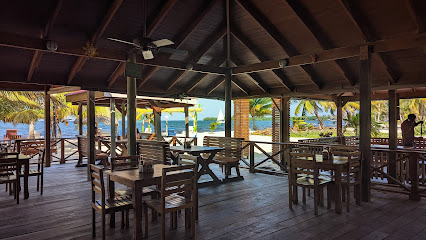
De Tatch Restaurant Seafood
Discover exquisite seafood dishes at De Tatch Restaurant in Placencia - where fresh flavors meet Caribbean charm.
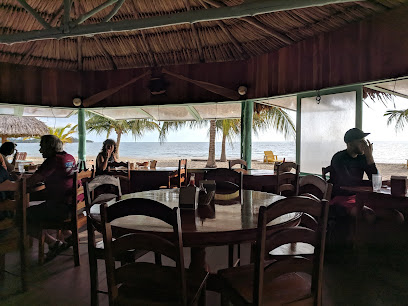
Rick's Cafe
Discover authentic Belizean cuisine at Rick's Cafe in Placencia, where every meal comes with breathtaking views and vibrant local culture.
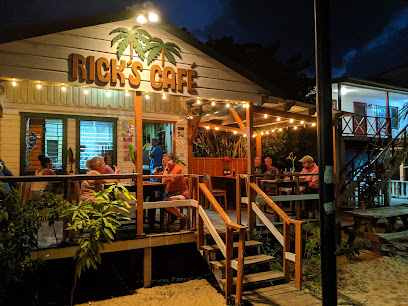
Omars Creole Grub
Discover authentic Belizean flavors at Omar's Creole Grub in Placencia - where every meal tells a story.
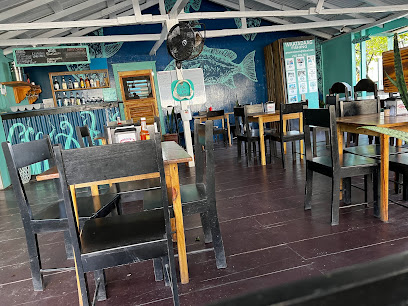
Placencia Beach Club
Discover the delightful flavors and stunning views at Placencia Beach Club – your go-to destination in Belize for food, fun, and relaxation.
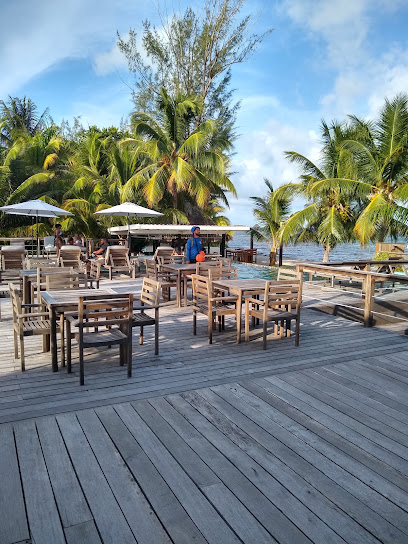
Dawn's Grill
Experience authentic Central American cuisine in Placencia at Dawn's Grill - where every meal is a celebration of flavor.
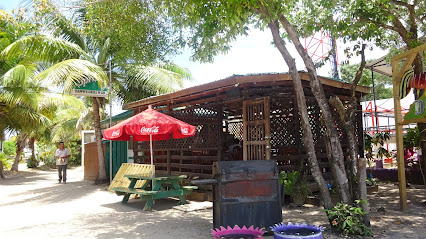
Cha Chi's
Discover culinary delights at Cha Chi's in Placencia – where local flavors meet international cuisine in a vibrant seaside setting.
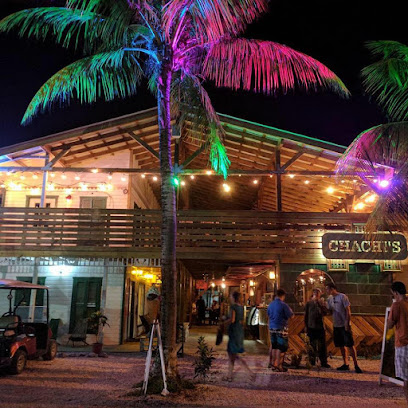
Pickled Parrot
Discover vibrant flavors at Pickled Parrot in Placencia – a delightful dining experience blending local cuisine with international flair.
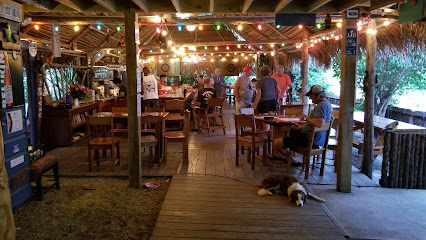
La Dolce Vita Italian Restaurant
Experience authentic Italian cuisine at La Dolce Vita Restaurant in Placencia – where every dish tells a story.
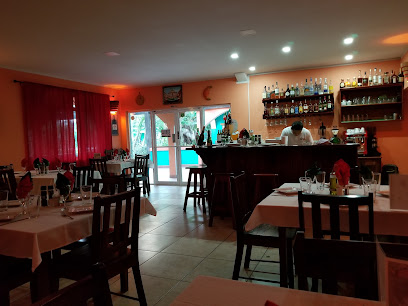
SmoQiz Bistro
Experience exquisite fusion cuisine at SmoQiz Bistro in Placencia - where local ingredients meet global flavors in an unforgettable dining experience.
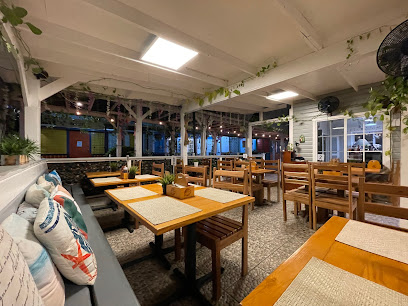
Carmen's Kitchen
Experience delicious fast food at Carmen's Kitchen in Placencia - where local flavors meet quick bites in a vibrant atmosphere.
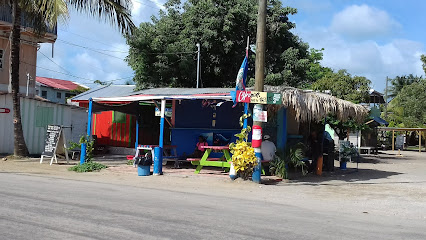
Markets, malls and hidden boutiques
Top Value
Discover the heart of Placencia at Top Value, your go-to grocery store for local and international products, perfect for any traveler.
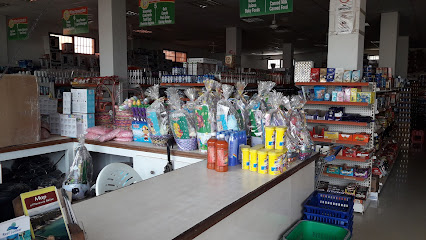
Wallen's Hardware
Explore Wallen's Hardware in Placencia for all your local needs while experiencing the warmth of this coastal village.
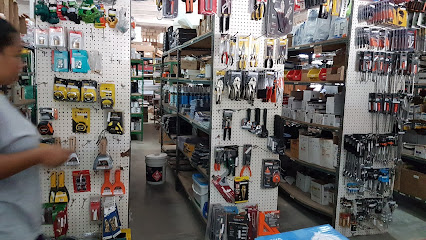
Nang Kee Grocery Store
Discover the best local flavors and essentials at Nang Kee Grocery Store in Placencia, your go-to grocery destination for all your needs.
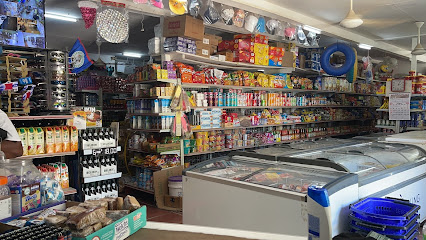
Rastaman Bait Shop
Explore the Rastaman Bait Shop in Punta Placencia for top fishing gear, expert advice, and unforgettable charter experiences.
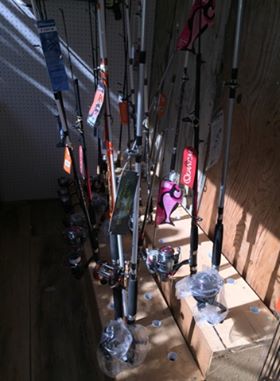
The literary lizard
Discover a world of literature at The Literary Lizard, a cozy bookstore in Placencia, Belize, offering a diverse selection of books for all ages.

Kaj Expressions
Explore the enchanting world of handcrafted jewelry at Kaj Expressions in Placencia, Belize, where each piece is a unique work of art.
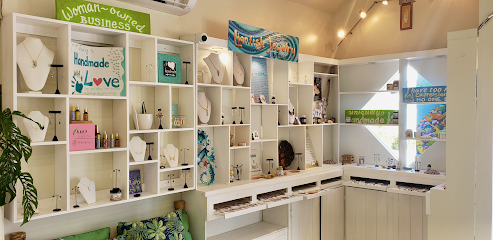
Belizean handicraft placencia
Discover the essence of Belize through unique handcrafted gifts at Belizean Handicraft in Placencia, a must-visit for every traveler.
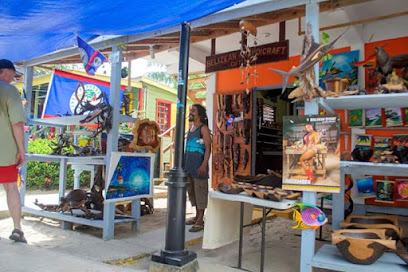
AC Village Supermarket
Experience the essence of local shopping at AC Village Supermarket in Placencia, where fresh produce meets friendly service.

One World Gift Shop/Rentals/Laundromat
Explore the heart of Belizean culture at One World Gift Shop, your go-to destination for unique souvenirs and convenient services in Placencia.
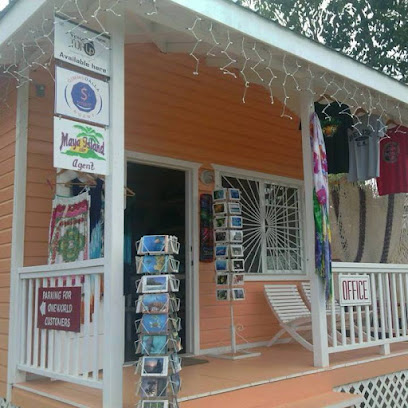
Oh Shuga! Candy & Gift Store
Explore Oh Shuga! Candy & Gift Store in Placencia, Belize – a sweet haven filled with delightful treats and local confections to satisfy your cravings.
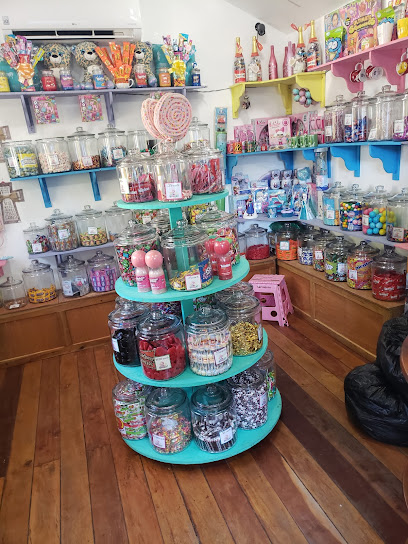
SILKENT unique handmade jewelry
Explore the exquisite craftsmanship of SILKENT, your destination for unique handmade jewelry in the heart of Placencia, Belize.
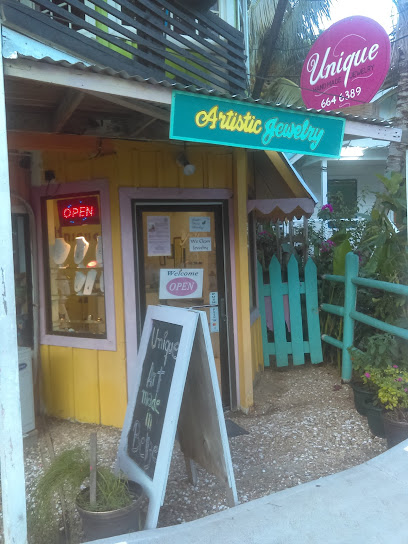
Holy Smokes Placencia
Discover premium cigars at Holy Smokes Placencia, a charming tobacco shop in Belize's vibrant coastal village.
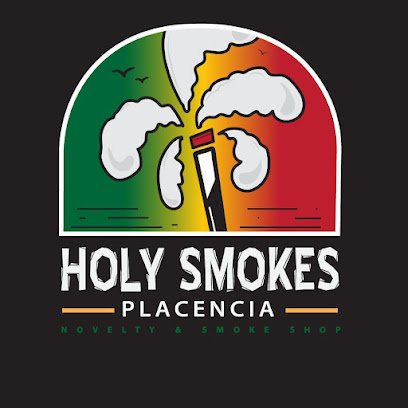
Rosa's Gift Shop
Explore Rosa's Gift Shop in Placencia for unique gifts that capture the essence of Belize's vibrant culture and craftsmanship.
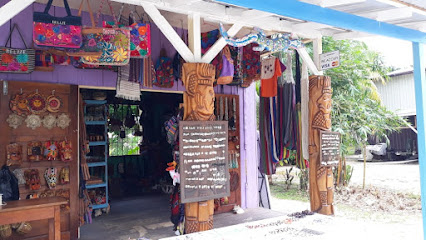
Wallen's Market
Discover the essence of local life at Wallen's Market, a quaint grocery store in Placencia offering fresh produce and local delicacies.

9 & 9 Store
Explore the vibrant local life at 9 & 9 Store in Placencia, your go-to grocery store for fresh produce and unique Belizean products.
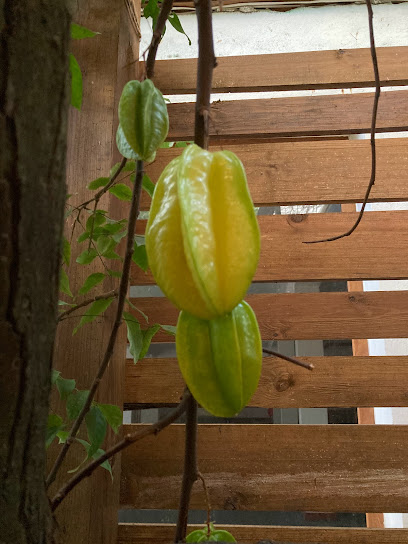
Essential bars & hidden hideouts
Tipsy Tuna Sports Bar
Discover the lively spirit of Placencia at Tipsy Tuna Sports Bar, where delicious food and vibrant atmosphere meet breathtaking beachfront views.
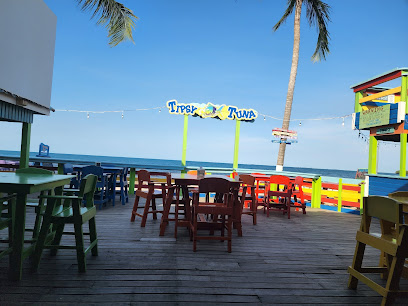
Barefoot Beach Bar
Experience the best of Caribbean dining at Barefoot Beach Bar in Placencia, where delicious grilled cuisine meets stunning ocean views.
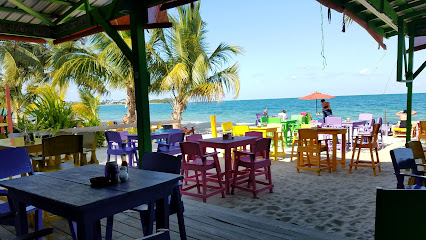
Wendy's Creole Restaurant & Bar
Experience the vibrant flavors of Creole cuisine at Wendy's Creole Restaurant & Bar in Placencia, a culinary gem for breakfast lovers and food enthusiasts.
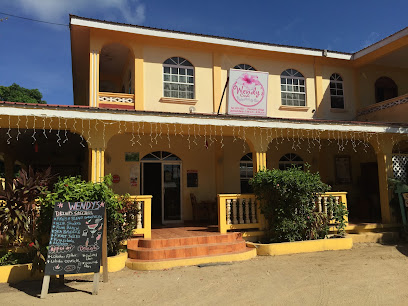
Rumfish y Vino
Experience the best of Belizean cuisine at Rumfish y Vino, where fresh seafood meets innovative cocktails in a stunning coastal setting.
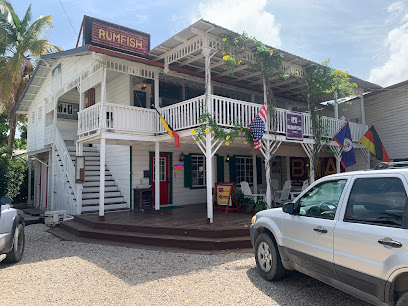
Cozy Corner Hotel & Restaurant
Experience the vibrant atmosphere of Cozy Corner Hotel & Restaurant in Placencia, where delicious Belizean cuisine meets relaxing coastal charm.
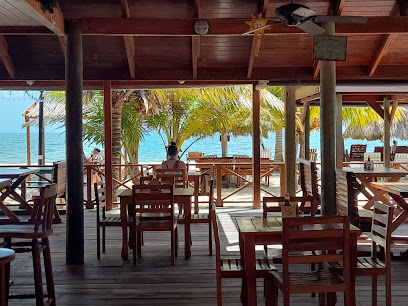
Placencia Beach Club
Experience the best of Belize at Placencia Beach Club, where relaxation meets adventure along the stunning Caribbean coast.
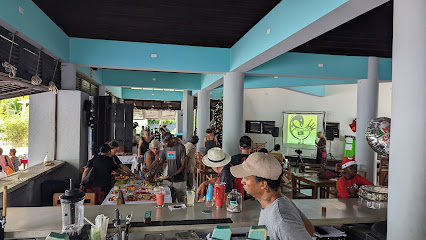
Pickled Parrot
Discover the vibrant and flavorful experience at Pickled Parrot, a must-visit restaurant in Placencia offering local and international cuisine.
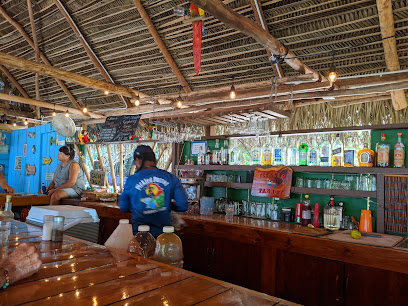
Yoli's Over Da Water Bar & Grill
Discover the vibrant flavors and laid-back atmosphere at Yoli's Over Da Water Bar & Grill in Placencia, Belize, where the Caribbean meets culinary delight.
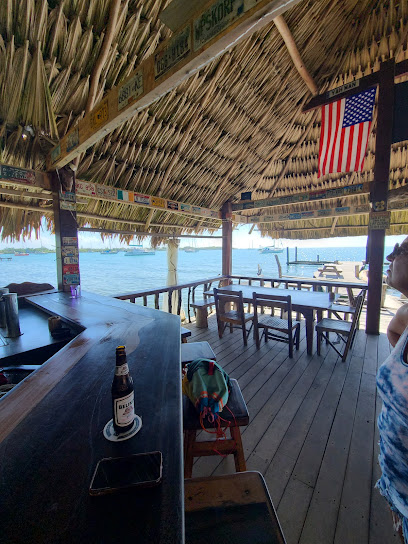
The Secret Garden Restaurant and Bar
Experience the vibrant flavors of Belize at The Secret Garden Restaurant and Bar, a culinary oasis in Placencia with a delightful menu and welcoming atmosphere.
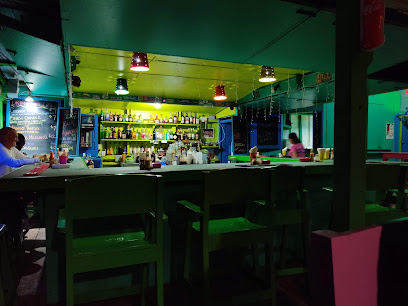
Muna Rooftop Restaurant and Bar
Experience the best of Belizean cuisine with breathtaking ocean views at Muna Rooftop Restaurant and Bar in Placencia.
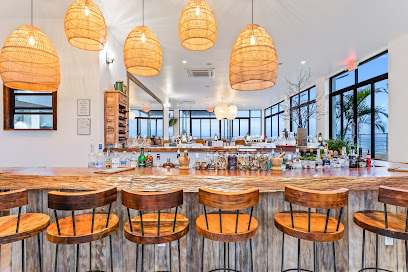
The Little Wine Bar Placencia
Experience the finest wines and charcuterie in a cozy, charming atmosphere at The Little Wine Bar in Placencia, Belize.
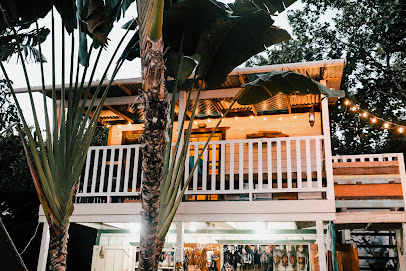
Buba Wuba's Grill and Smoke Shack
Experience the vibrant flavors of Belize at Buba Wuba's Grill and Smoke Shack, where mouthwatering barbecue meets the laid-back charm of Placencia.
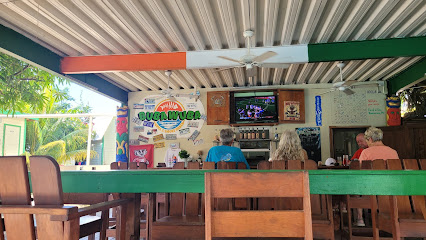
Big Titty Rum Bar
Experience the vibrant charm and delightful rum cocktails at Big Titty Rum Bar in the heart of Placencia, Belize.
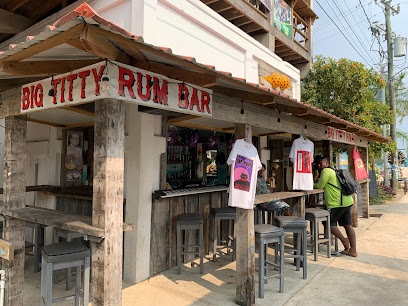
Club J-Byrd's & The Upper Deck
Discover the vibrant nightlife and delicious cuisine at Club J-Byrd's & The Upper Deck in Placencia, Belize.
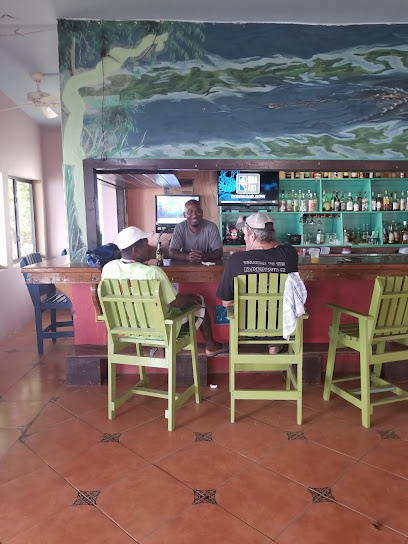
Strange Brew
Discover Strange Brew, a lively bar in Placencia, Belize, offering a delightful selection of drinks and a vibrant atmosphere perfect for social gatherings.
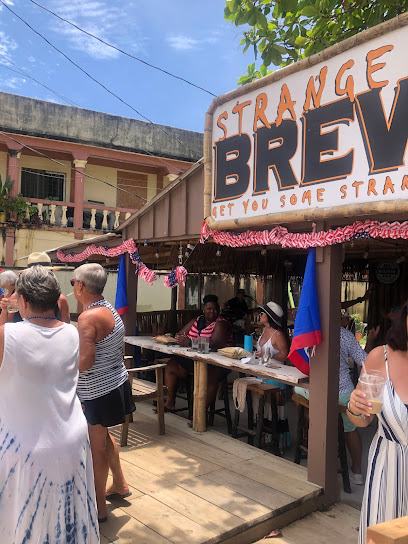
Local Phrases
-
- HelloWeyak
[way-ak] - GoodbyeDiós baal
[dee-ohs bah-al] - YesEe
[ee] - NoMá
[mah] - Please/You're welcomePor favor
[por fah-vor] - Thank youGracias
[grah-see-ahs] - Excuse me/SorryDisculpe
[dee-scoo-lpeh] - How are you?Kó taan?
[koh tahn] - Fine. And you?Ma'alob. Y tú?
[mah-ah-lob. ee too] - Do you speak English?U tia'al in inglés?
[oo tee-ah-ahl een een-glays] - I don't understandMáan in kuchik
[mah-ahn een koo-cheek]
- HelloWeyak
-
- I'd like to see the menu, pleaseBix a'tia'al in menu, por favor
[beesh ah-tee-ah-ahl een meh-noo, por fah-vor] - I don't eat meatMáan in bix meh
[mah-ahn een beesh meh] - Cheers!Salud!
[sah-lood] - I would like to pay, pleaseBix a'tia'al in pago, por favor
[beesh ah-tee-ah-ahl een pah-go, por fah-vor]
- I'd like to see the menu, pleaseBix a'tia'al in menu, por favor
-
- Help!¡Ayuda!
[ah-yoo-dah] - Go away!¡Jal!
[hahl] - Call the Police!¡K'áanche' in xpolis!
[kah-ahn-cheh een shpo-lees] - Call a doctor!¡K'áanche' in táan!
[kah-ahn-cheh een tahn] - I'm lostYa'ab in ma'alo'
[yah-ahb een mah-ah-loh] - I'm illYa'ab in wóokol
[yah-ahb een woh-ohl]
- Help!¡Ayuda!
-
- I'd like to buy...Bix a'tia'al in k'ab
[beesh ah-tee-ah-ahl een kahb] - I'm just lookingYan in wóol
[yahn een woh-ohl] - How much is it?Ti' in k'ab?
[tee een kahb] - That's too expensiveBa'ax k'ab
[bah-ahsh kahb] - Can you lower the price?U k'u'kal in k'ab?
[oo koo-kahl een kahb]
- I'd like to buy...Bix a'tia'al in k'ab
-
- What time is it?¿Ma'alo' in le
[mah-ah-loh een leh] - It's one o'clockTs'íbo' le
[tsee-boh leh] - Half past (10)Pak'at (lahun)
[pahk-aht (lah-hoon)] - MorningJats'uts
[hah-tsoots] - AfternoonK'ak'al
[kah-kahl] - EveningK'óoben
[koh-oh-behn] - YesterdayJach
[hahch] - TodayIn wíinik
[een wee-neek] - TomorrowK'aaj
[kah-ahkh] - 1Jun
[hoon] - 2Ka'ax
[kah-ahsh] - 3Ox
[ohsh] - 4K'an
[kahn] - 5Ho'
[hoh] - 6Wak
[wahk] - 7Wuk
[wook] - 8Waxak
[wah-shahk] - 9Bolon
[boh-lohn] - 10Lahun
[lah-hoon]
- What time is it?¿Ma'alo' in le
-
- Where's a/the...?¿Ba'ax in...
[bah-ahsh een] - What's the address?¿Tia'ale' in le
[tee-ah-ah-leh een leh] - Can you show me (on the map)?U k'u'kal in wóol (in le map)
[oo koo-kahl een woh-ohl (een leh map)] - When's the next (bus)?¿Ma'alo' in le (autobús)?
[mah-ah-loh een leh (ow-toh-boos)] - A ticket (to ....)Le k'as (u ...)
[leh kahsh (oo)]
- Where's a/the...?¿Ba'ax in...
History of Placencia
-
Long before the arrival of Europeans, the Placencia Peninsula was inhabited by the ancient Maya civilization. Archaeological evidence suggests that the Mayans used the area for fishing and trading. The nearby Nim Li Punit and Lubaantun ruins offer a glimpse into the rich Mayan culture that once thrived in this region.
-
During the 17th and 18th centuries, the Placencia Peninsula became a refuge for English and Scottish pirates. These buccaneers used the sheltered waters and the dense mangroves of the peninsula as a hideout while they plundered Spanish ships. The era of piracy left a mark on the local folklore and contributed to the eclectic mix of cultural influences in the area.
-
In the early 19th century, the Garifuna people, descendants of West African, Carib, and Arawak people, began to settle in southern Belize, including Placencia. Their arrival brought a unique cultural and musical heritage, which is still celebrated in the region today with traditional drumming, dances, and festivals.
-
Placencia Village was founded in the late 19th century by a group of industrious fishermen. The village's name is derived from 'Punta Placentia,' which means 'Point Pleasant' in Spanish. Over time, the community grew, focusing primarily on fishing and small-scale agriculture, and later evolving into a popular tourist destination.
-
Hurricane Iris struck Placencia in October 2001, causing significant damage to homes, businesses, and infrastructure. The community's resilience was tested, but the aftermath saw a remarkable rebuilding effort. This event led to improved building standards and a strengthened sense of community among the residents.
-
In the early 2000s, Placencia began to gain international recognition as a premier tourist destination. Its pristine beaches, vibrant coral reefs, and lush jungle attracted visitors from around the world. The local economy shifted towards tourism, leading to the development of resorts, restaurants, and eco-tourism initiatives that highlight the area's natural beauty and cultural heritage.
Placencia Essentials
-
Placencia is located in the Stann Creek District of Belize. The most common way to reach Placencia is by flying into Philip S.W. Goldson International Airport (BZE) in Belize City. From there, you can take a domestic flight with Tropic Air or Maya Island Air directly to Placencia Airstrip. Alternatively, you can take a shuttle or rent a car for the scenic 3 to 4-hour drive from Belize City to Placencia. There are also bus services available for a more budget-friendly option.
-
Placencia is small and easily navigable, making walking a popular way to get around. For longer distances, bicycles and golf carts are commonly rented by tourists. Taxis are also available and can be hailed or booked through your accommodation. Public buses connect Placencia to nearby towns and villages. For exploring the surrounding areas, renting a car can be convenient, but remember that driving is on the right side of the road.
-
The official currency in Belize is the Belize Dollar (BZD), but US Dollars (USD) are widely accepted. Credit cards are commonly used in hotels, restaurants, and larger shops, but it's advisable to carry some cash for smaller establishments and local markets. ATMs are available in Placencia, but they may not always be reliable, so consider withdrawing enough cash when you have the opportunity.
-
Placencia is generally a safe destination for tourists, but it's important to take standard precautions. Avoid isolated areas, especially at night, and be cautious with your belongings in crowded places. While Placencia itself has a low crime rate, exercise caution in more remote areas. Always use reputable transportation services and be aware of your surroundings.
-
In case of an emergency, dial 911 for police, fire, or medical assistance. Placencia has a local police station and a medical clinic for minor health issues. For more serious medical needs, you may need to travel to a larger hospital in Belize City or Dangriga. It's highly recommended to have travel insurance that covers medical emergencies and evacuation if necessary.
-
Fashion: Do dress casually and comfortably, but avoid overly revealing clothing, especially in more conservative areas. Religion: Do respect local customs and traditions. When visiting churches or religious sites, dress modestly and act respectfully. Public Transport: Do be courteous and patient when using public transport. Don't expect the same punctuality as in more developed countries. Greetings: Do greet people with a smile and a friendly 'hello' or 'good day.' Shaking hands is common, especially in more formal settings. Eating & Drinking: Do try local dishes and seafood, which are fresh and delicious. Don't be overly critical of local cuisine, as it can be seen as disrespectful.
-
To experience Placencia like a local, visit the Placencia Village and stroll along the famous Placencia Sidewalk, which is lined with local shops, cafes, and art galleries. Engage with locals, who are known for their friendliness and willingness to share stories. Don't miss the opportunity to try fresh seafood at local eateries. For a truly local experience, consider participating in a Garifuna drumming lesson or a traditional cooking class.
Trending Landmark in Placencia
-
Tipsy Tuna Sports Bar
-
Barefoot Beach Bar
-
Rumfish y Vino
-
Cozy Corner Hotel & Restaurant
-
Naïa Resort and Spa
-
Turtle Inn
-
Rick's Cafe
-
Placencia Municipal Pier & Plaza
-
Mariposa Beach Resort
-
Hobbs Brew Barge
-
Laru Beya Resort
-
The Shak Beach Cafe
-
Placencia Beach Club
-
Dawn's Grill
-
Itz'ana Belize Resort & Residences
Nearby Cities to Placencia
-
Things To Do in Hopkins
-
Things To Do in Dangriga
-
Things To Do in Punta Gorda
-
Things To Do in Livingston
-
Things To Do in Puerto Cortés
-
Things To Do in Puerto Barrios
-
Things To Do in San Ignacio
-
Things To Do in Rio Dulce
-
Things To Do in Belize City
-
Things To Do in San Pedro Sula
-
Things To Do in Caye Caulker
-
Things To Do in Tikal
-
Things To Do in Utila
-
Things To Do in San Pedro
-
Things To Do in Flores













